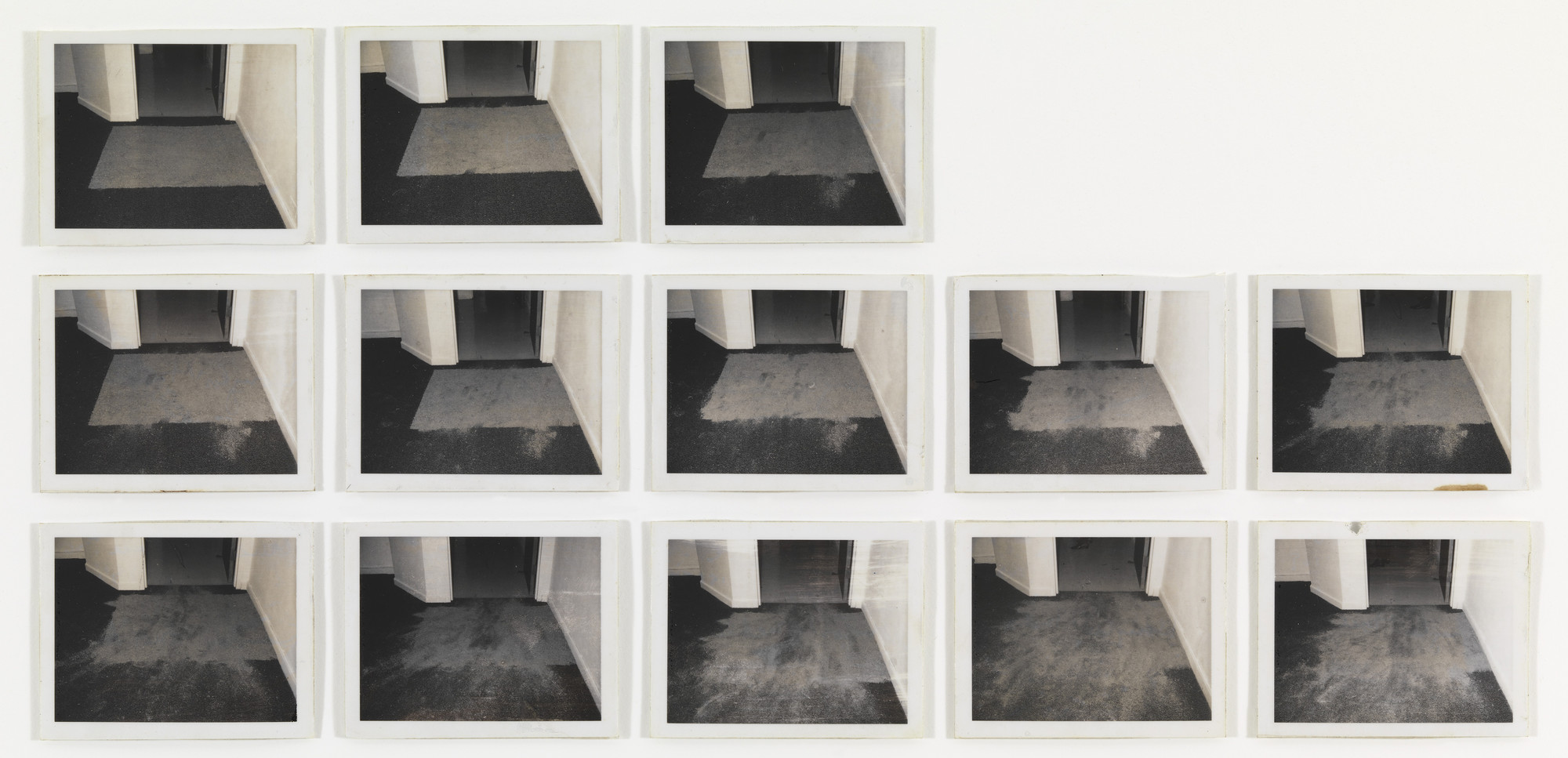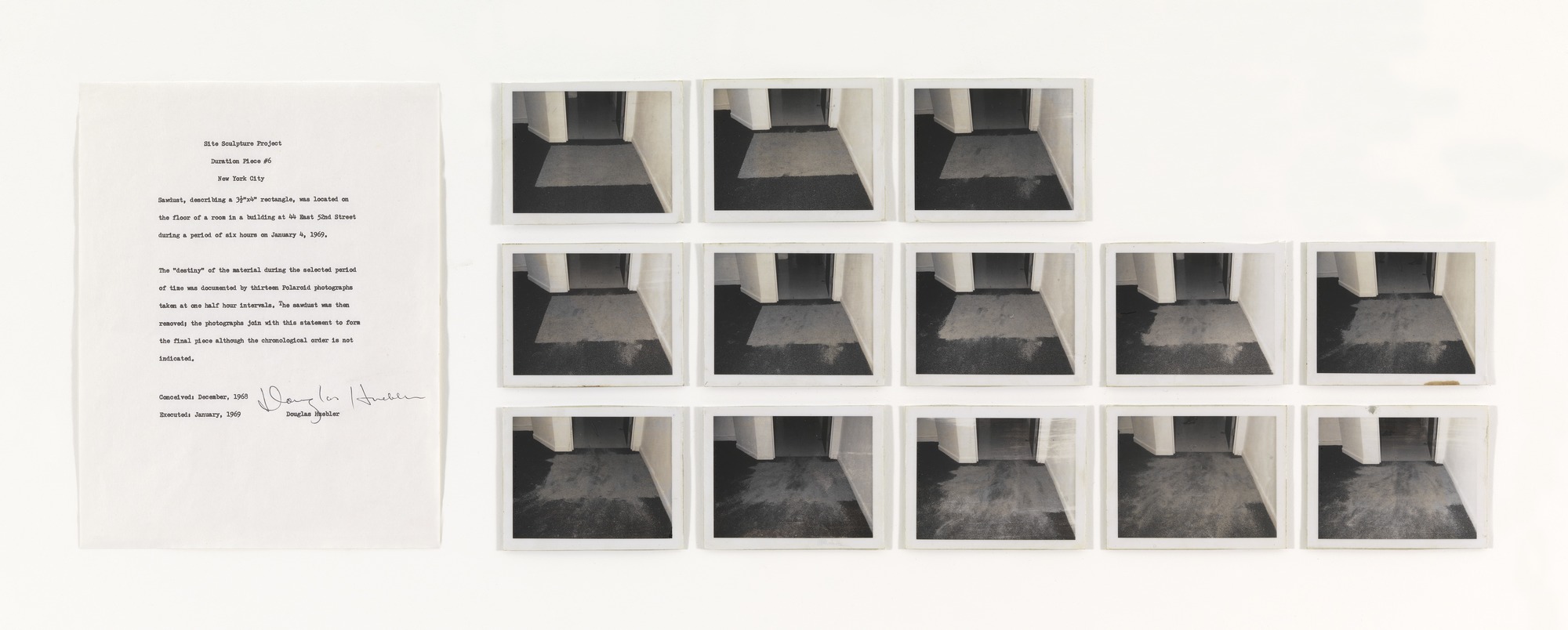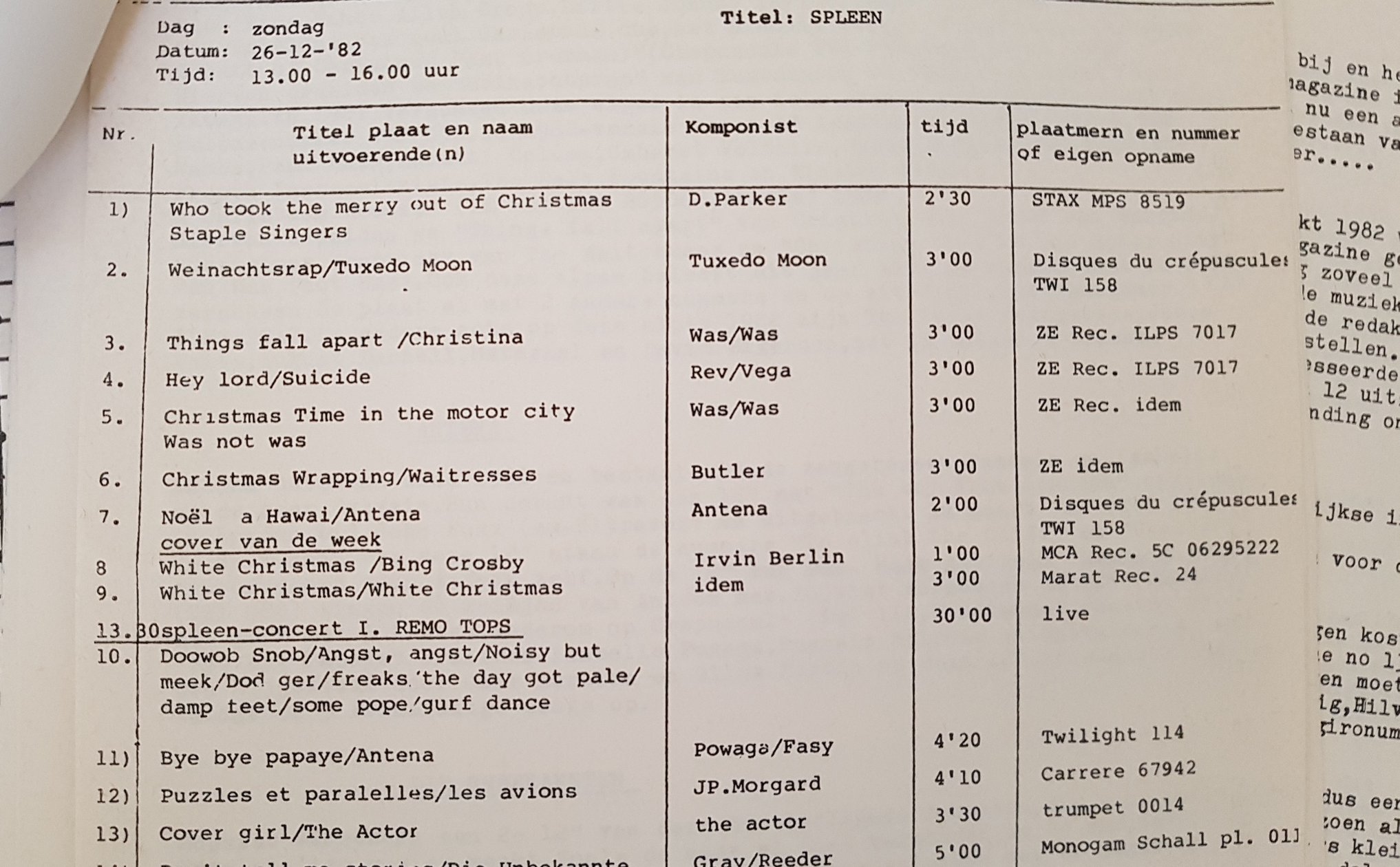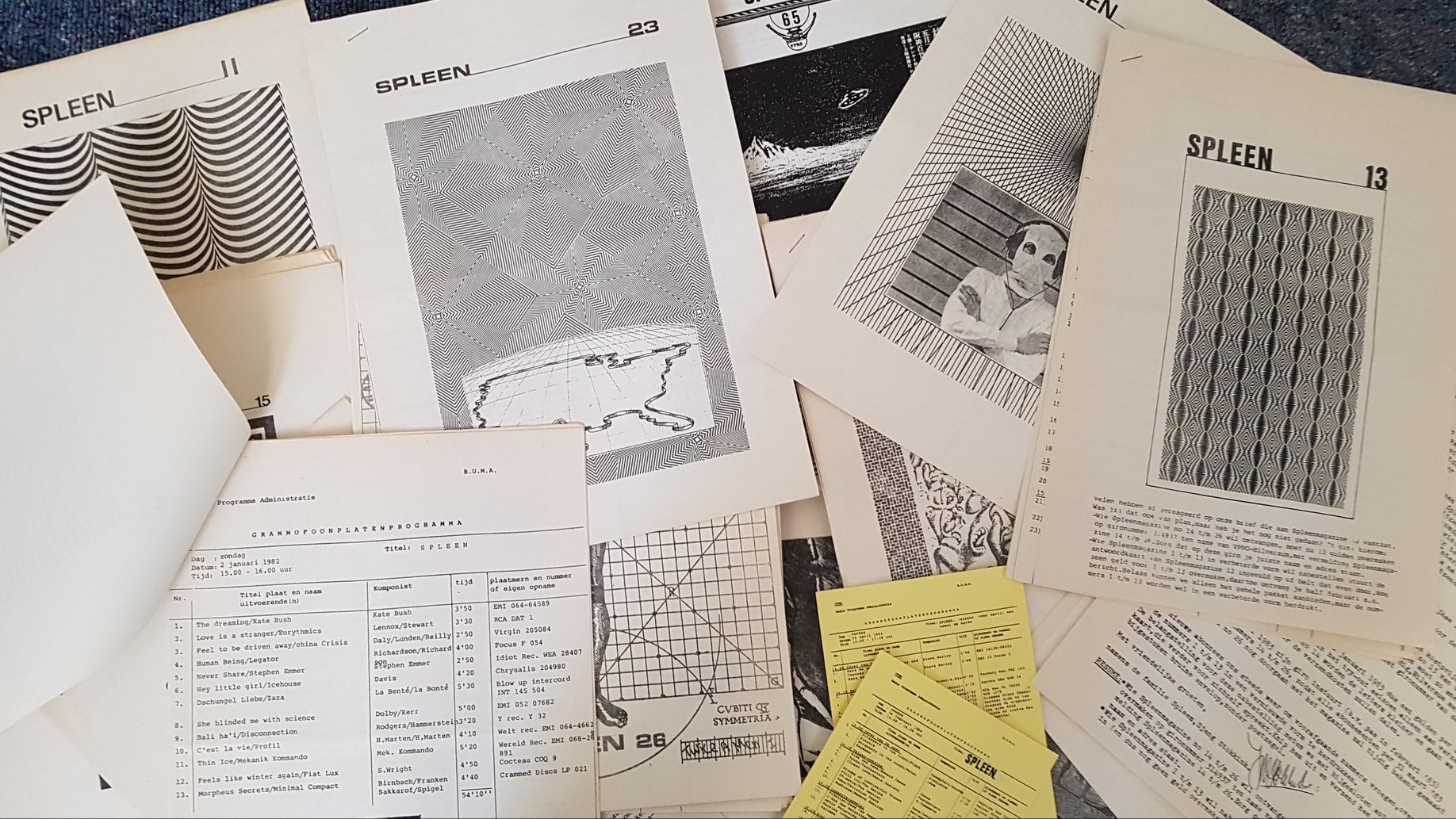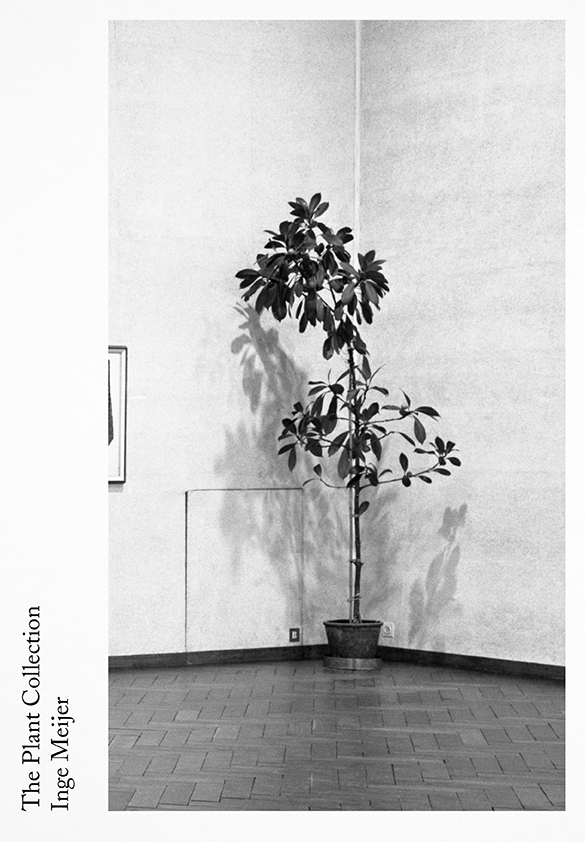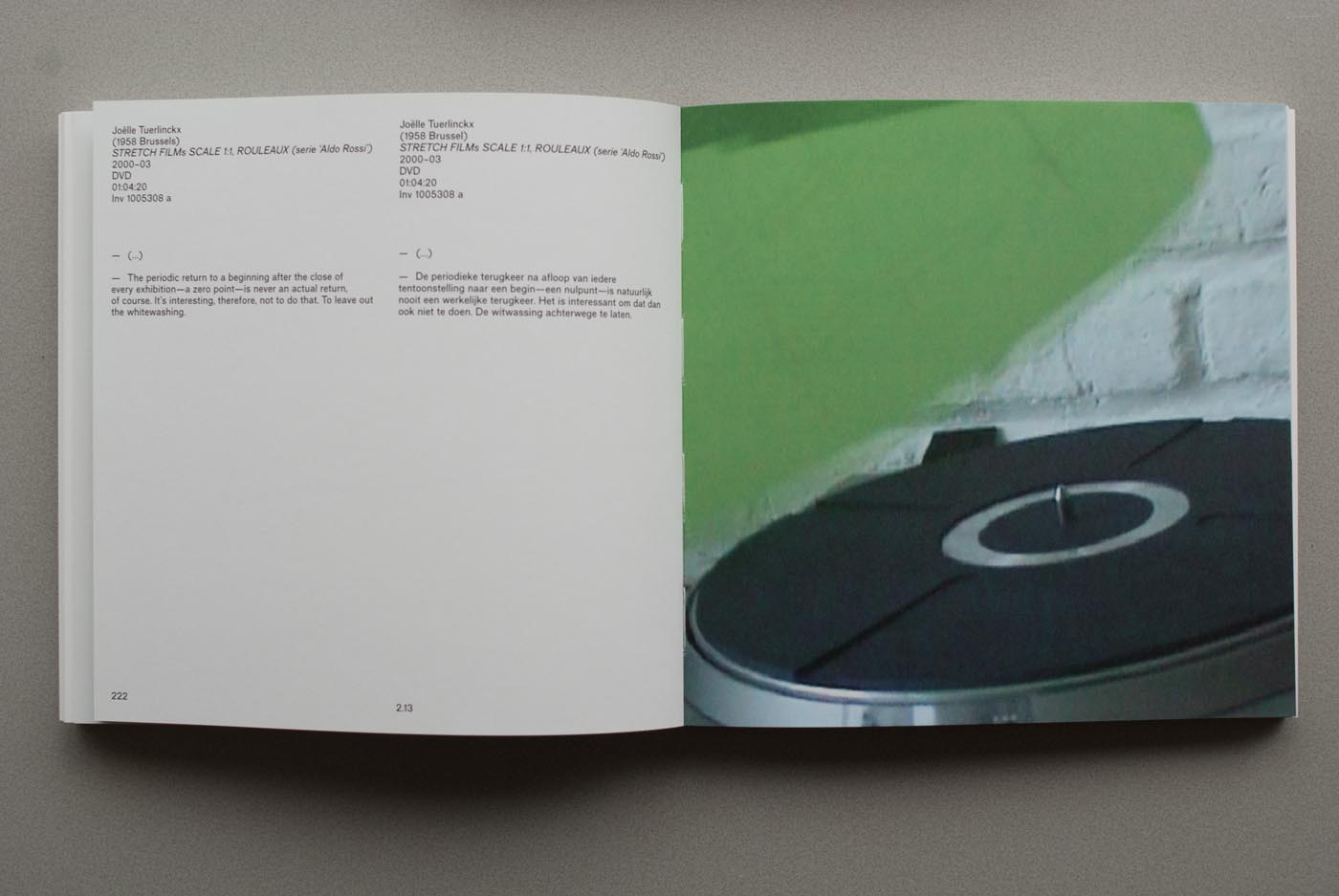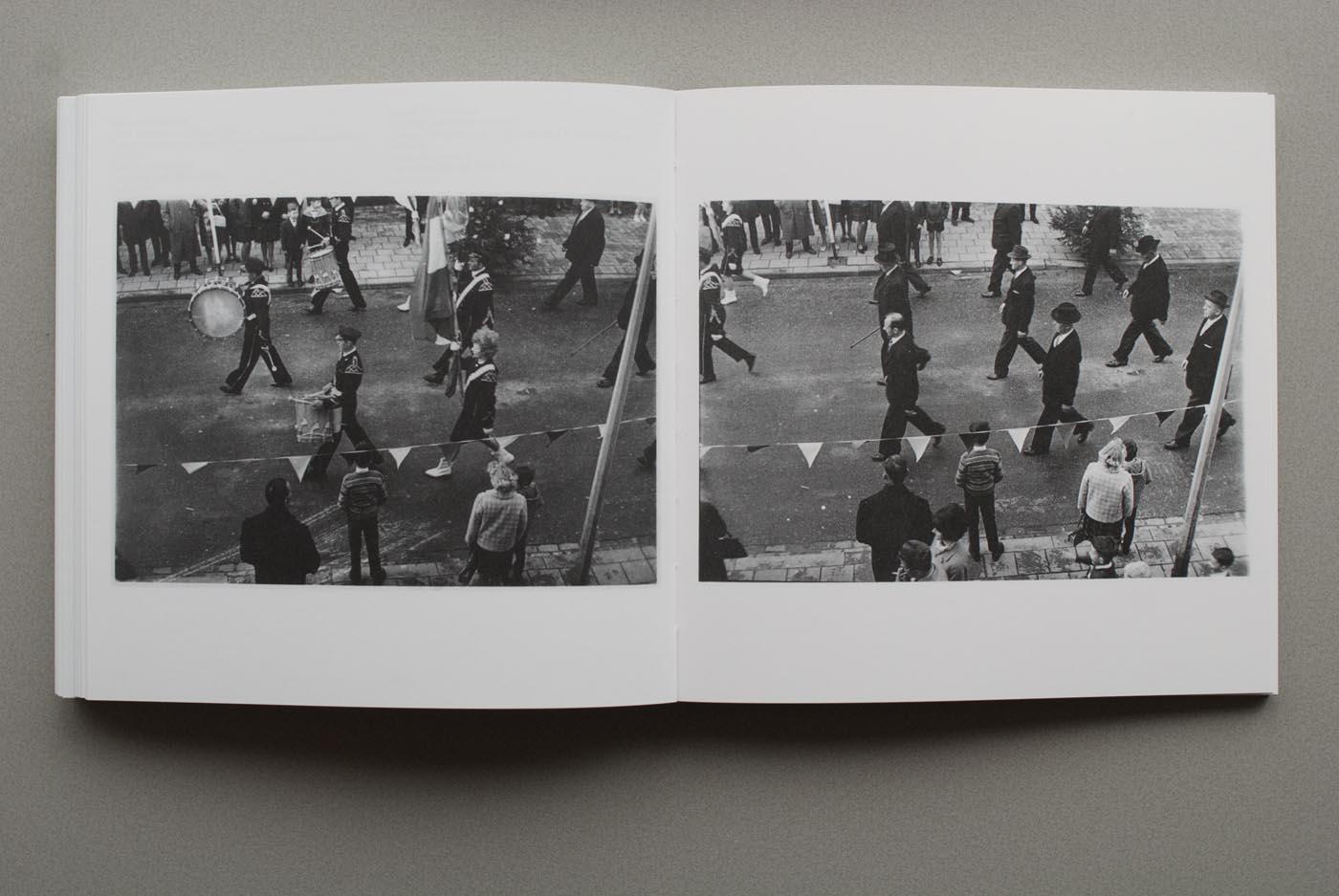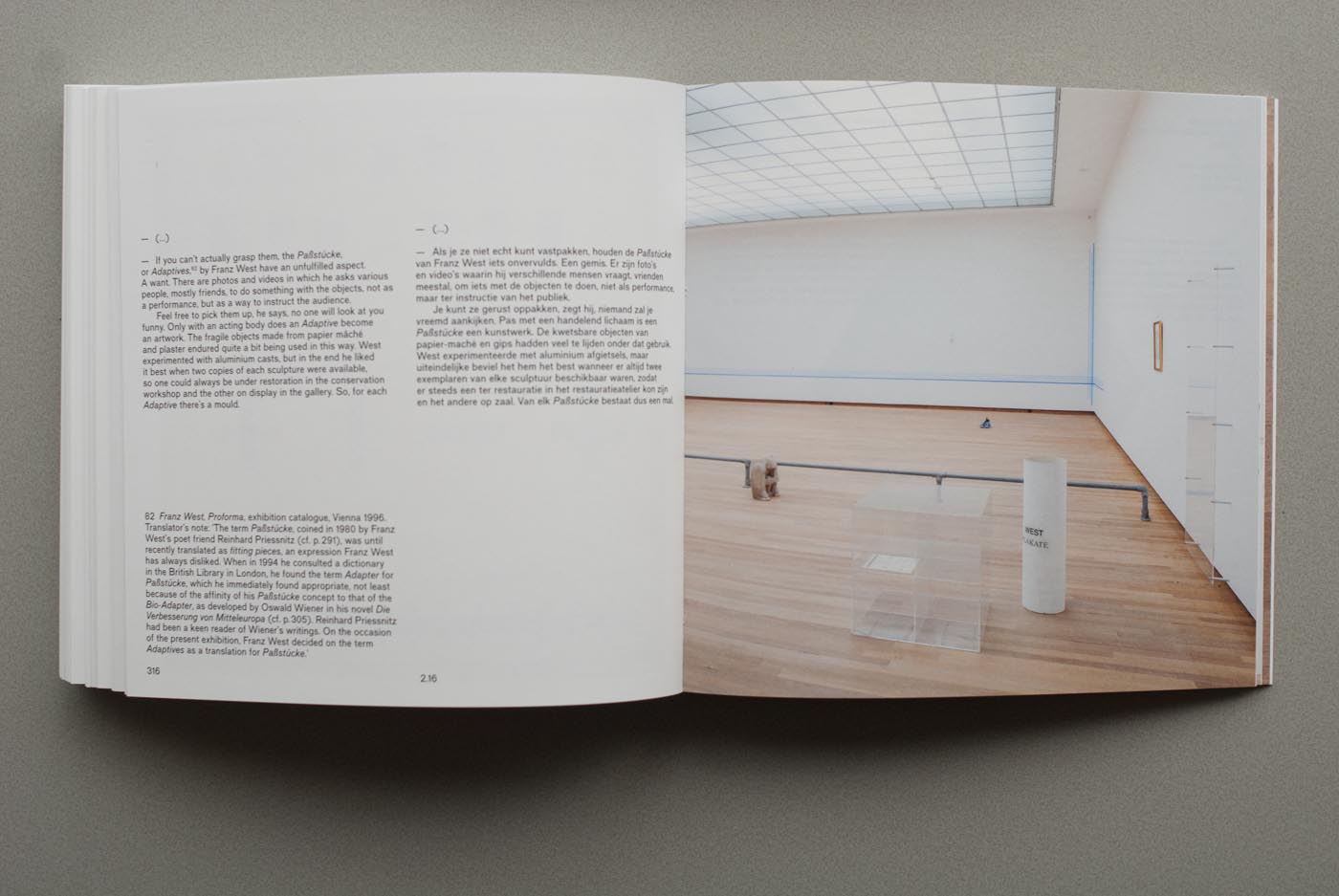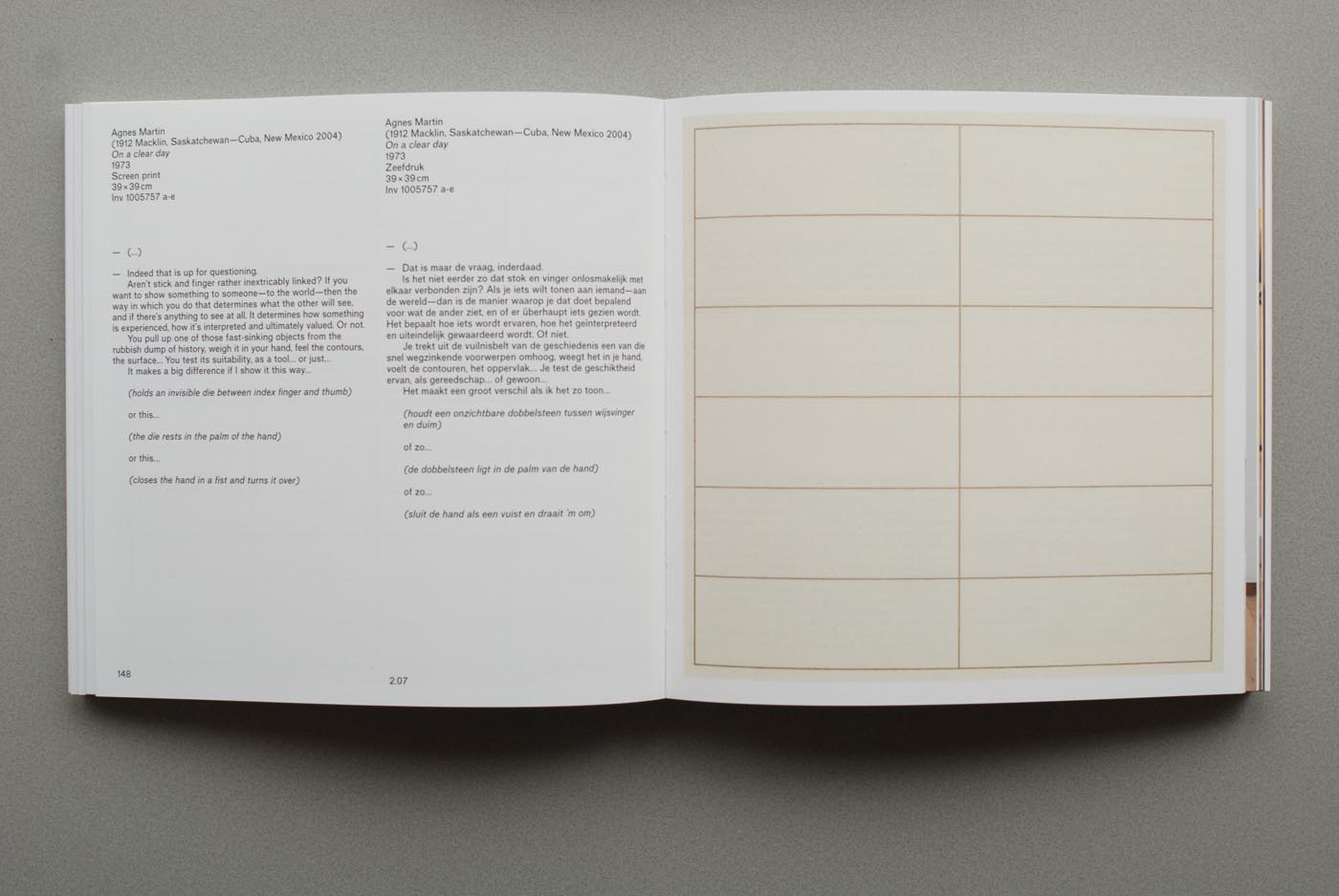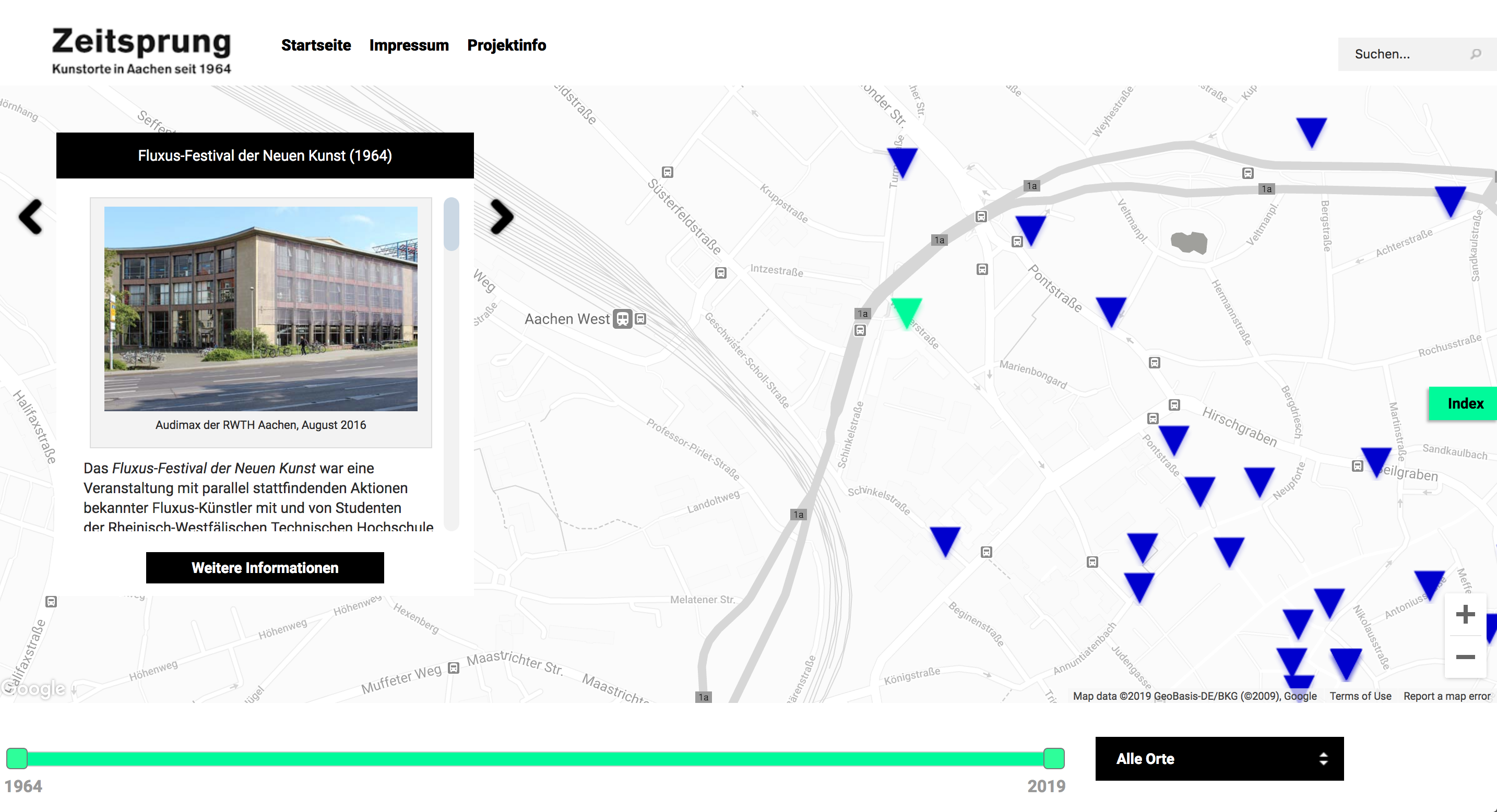L’ Appartement / The “Apartment” is no ordinary exhibition space. Located on the museum’s third floor, it is a reconstruction of the Paris apartment where, from 1975 to 1991, Ghislain Mollet-Viéville worked to pro-mote Minimal and Conceptual art. Calling himself an “art agent,” Mollet-Viéville ini-tially organized his living and work space to conform with the protocols of the works in his collection, before deciding to yield to the consequences of their “demateria-lization” and move to a new apartment with no visible works. This meant his collection could be entrusted to MAMCO when it opened, in 1994. In 2016-2017, the private Foundation of the museum acquired a large part of it.This selection of 25 works is representative of the work of the first-generation Minimalist artists such as Carl Andre, Donald Judd, and John McCracken, and of their Conceptual counterparts—Joseph Kosuth, Sol LeWitt, and Lawrence Weiner, for example. If the for-mer explore a lexicon of elementary, logical, and radical forms that keep at bay any anthropomorphism and narrative features, the latter mainly offer protocols for execution, turning the collector into an agent on whom the works’ material existence depends. Both have dispensed with pedestals, frames, lighting, and all other mise-en-scène props, in favor of an immediate intellectual and sensory experience. Compared with MAMCO’s other galleries, the “Apartment” sets the works the challenge of a domestic setting. For visitors this means the opportunity to experience them on more inti-mate terms, in a space where they are invited to step outside the conventions, whether attending a lecture, a special event, or sim-ply pausing to read and to linger a while in the company of works that have been talking among themselves for several decades now.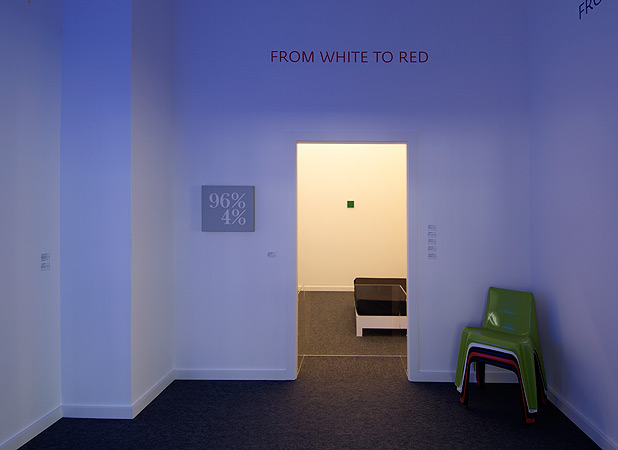
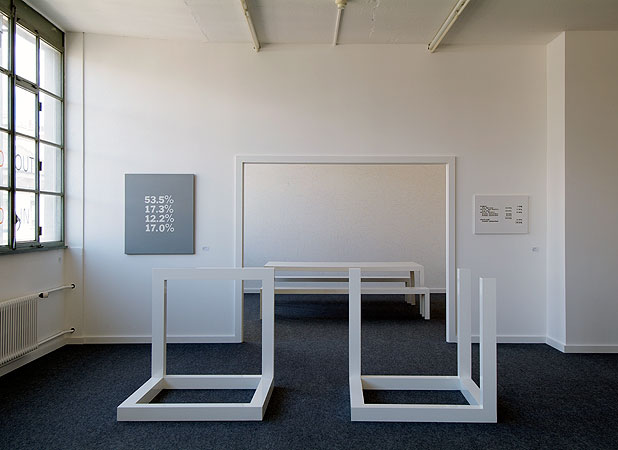
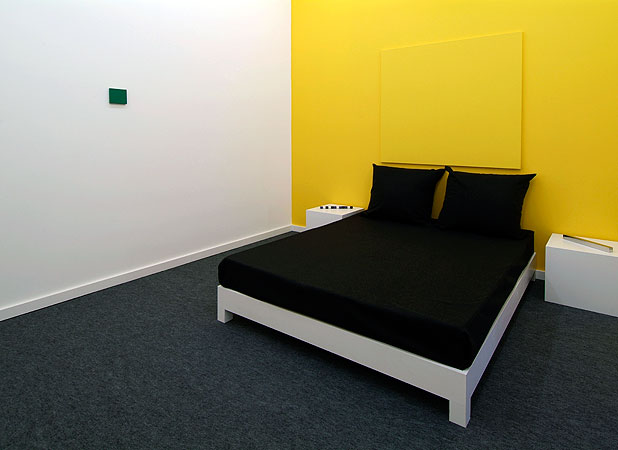

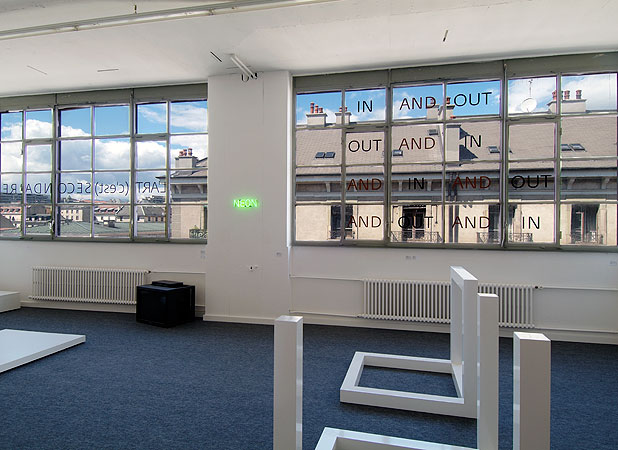
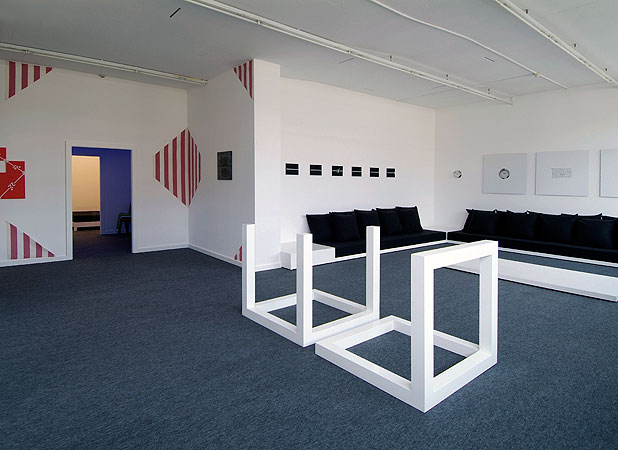
Carl Andre, Art & Language (Mel Ramsden), Pierre Aveline, Robert Barry, Bernd et Hilla Becher, Mel Bochner, Étienne Bossut, Stanley Brouwn, Daniel Buren, Victor Burgin, Ian Burn, André Cadere, Sarah Charlesworth, Gérard Collin-Thiébaut, Walter de Maria, Peter Downsbrough, Miguel Egaña, Dan Flavin, Donald Judd, On Kawara, Joseph Kosuth, Claude Lantier, Sol LeWitt, John McCracken, Allan McCollum, François Morellet, Tania Mouraud, Maurizio Nannucci, Roman Opalka, Mel Ramsden, readymades belong to everyone ®, Claude Rutault, Bernar Venet, Lawrence Weiner, Rémy Zaugg
Source: Mamco / L’Appartement
Source: https://www.mamco.ch/download/rich/1040/wfev6bap.pdf/MAMCO_PK_Appartement.pdf
